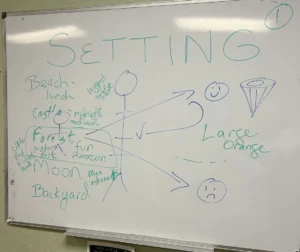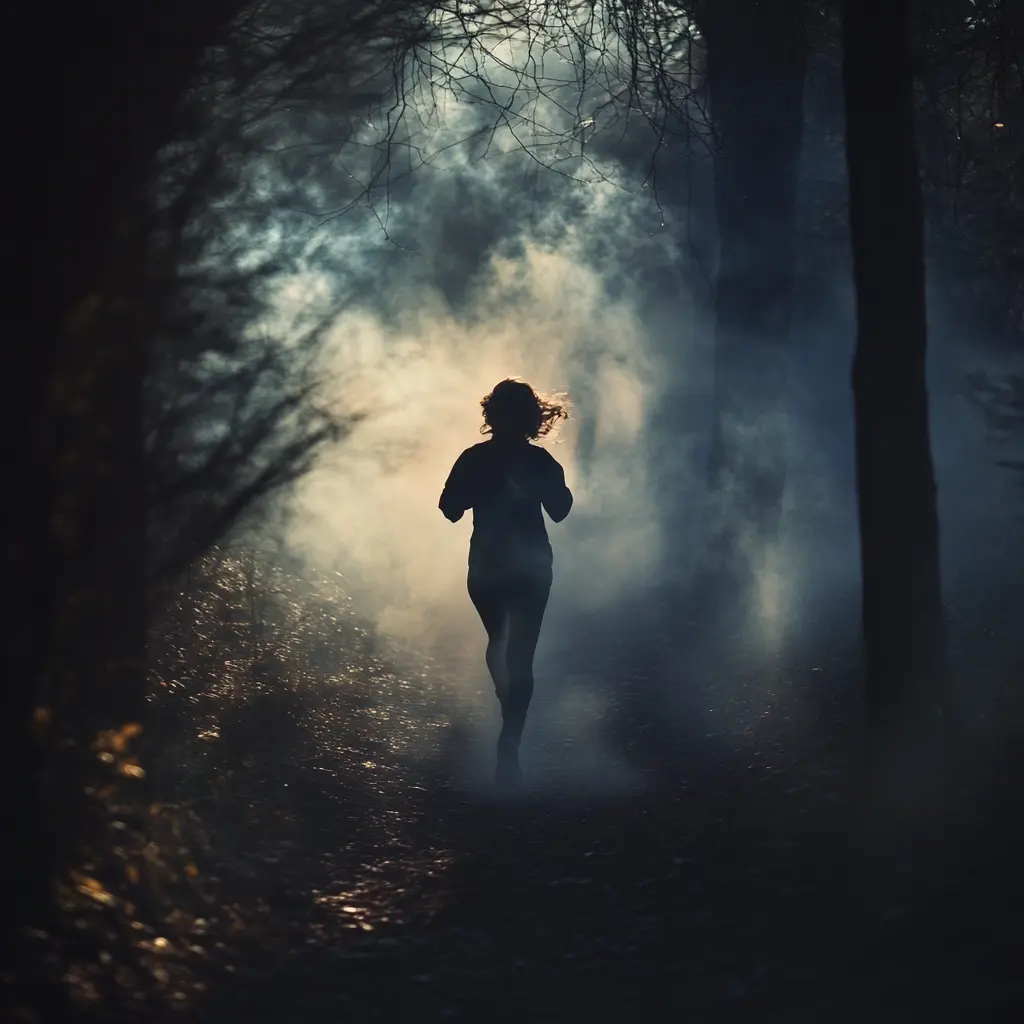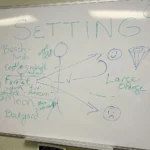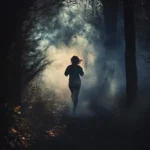
Setting is more than just a backdrop for your characters—it’s a vital part of the story that helps shape the world, create emotional depth, and pull readers into the experience. In fiction, especially genres like mystery, fantasy, science fiction, and adventure, the setting can feel just as important as the plot or characters. It’s what makes your story feel alive. Whether you’re creating a glowing city on another planet or a shadowy alley that hides secrets, the setting can guide the tone and stir the reader’s imagination.
One of the biggest reasons to focus on setting is to make your story’s world feel real. You want your reader to feel like they’ve stepped inside a completely different place, one that feels vivid and unforgettable. Instead of a vague line like “They entered the forest,” a more powerful version might be:
*“They pushed through tangled branches into a forest where the trees curved inward like ribs around a beating heart. Shafts of silver moonlight pierced the thick mist, casting shadows that moved even when the wind stood still. Something ancient watched from the dark, just beyond sight.”*
Here, we aren’t just seeing a forest—we’re *feeling* the tension, the eerie beauty, and the mystery. The reader is invited to wonder what’s lurking, what might happen next, and how the setting is part of the danger or magic.
Setting is also one of the best tools to create mood. Think of how different a scene feels depending on the surroundings. A confrontation between two characters takes on an entirely different mood if it’s set on a quiet, crumbling bridge suspended above a lava river on an alien planet than if it happens in a castle ballroom during a masquerade filled with whispering guests.
For example:
*“The ballroom flickered with candlelight trapped in floating glass globes, suspended like fireflies frozen midflight. Gilded mirrors stretched along the walls, distorting the masked faces that glided across the marble. Beneath the music and laughter, a hum of tension coiled in the air like perfume laced with poison.”*
This isn’t just about a party—it’s about elegance hiding danger, and the setting helps build that dual feeling of wonder and suspense.
In science fiction, the setting often shows not just where, but *when* we are—and what kind of world humanity has become. Let’s say your story takes place on a space station orbiting a dead star:
*“Outside the reinforced glass, the star had collapsed to a silent black void, sucking light out of space itself. Inside, corridors buzzed with flickering neon signs and rusted vents that coughed steam. The gravity stuttered now and then, causing tools to float for a heartbeat before clattering back to the metal floor. People spoke in low voices, watching the windows like something might come out of the dark.”*
This kind of setting is more than location—it’s mood, tension, and the feeling that survival is fragile.
Even adventure stories need immersive worlds that challenge the characters and excite the readers. Consider a setting like this:
*“They reached the canyon just before dawn. Towers of red stone jutted toward the sky, carved with spirals and symbols older than history. The wind wailed through the chasms like a warning. Far below, golden fog curled between the rocks, hiding the shifting shape of something that breathed in slow, rumbling pulses. The only way forward was across a rope bridge swaying over the abyss.”*
Here, the setting raises stakes, triggers curiosity, and physically shapes what the characters must do next.
To create this kind of powerful setting, think in layers. Start with the basic place—desert, city, castle, forest—but then ask yourself: What does this place *feel* like? What makes it *different* from any other place? What do the characters hear, smell, taste, and touch? What secrets or history live in the setting? Most importantly, how does the setting reflect the emotional energy of the scene?
And remember—setting is never just decoration. It shapes the way readers feel, how characters act, and how the story moves. Whether your character is trapped in a glass tower suspended over a sea of acid, sneaking through an enchanted swamp where the trees whisper secrets, or solving a murder in a library where books bleed ink when opened, the world they inhabit should deepen the mystery, heighten the danger, or sharpen the emotion.
Try this in your own stories. Don’t settle for “the city” or “a mountain.” Build places that breathe, hide secrets, glow with awesome power, or rumble with hidden machines. Make your setting so full of feeling and possibility that readers won’t want to leave—even when the story ends.



